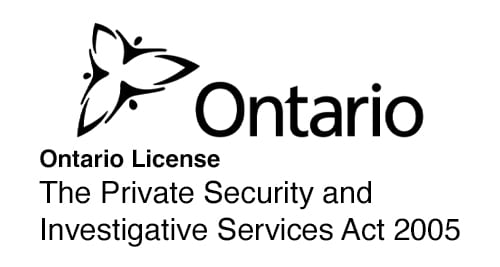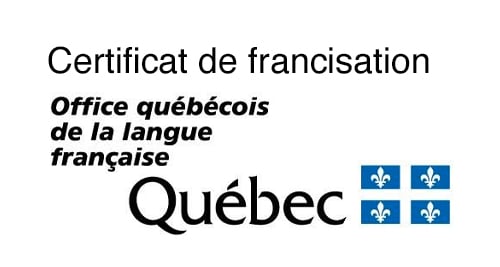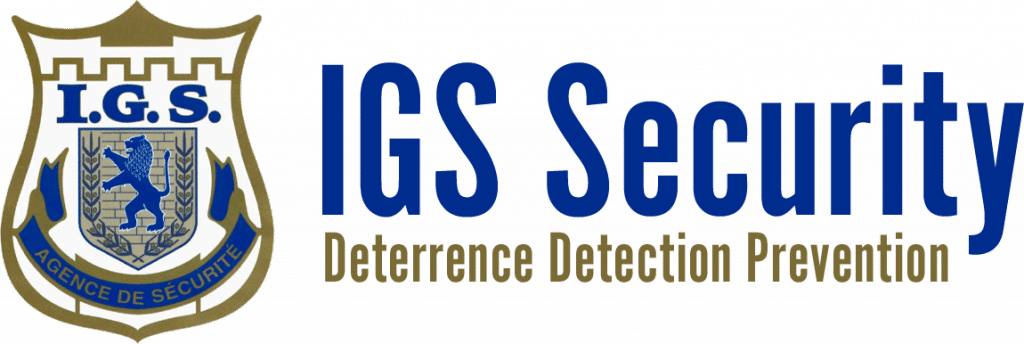
Crisis Management and Threat Assessment program helps company managers evaluate the impact and probability of potential criminal, environmental and political threats. Once they are properly identified, threats are classified into levels that reflect the seriousness of the consequences. I.G.S. may then assist the company in developing a contingency plan to deal with the identified threat in an orderly, systematic fashion. This process is a major factor in helping companies meet their requirements for emergency preparedness.
I.G.S. Security has developed the Threat/Impact Grid illustrated above. It is the tool that is used to measure the probability of a threat occurring against the effect it would have should it occur. Once a threat has been positioned on the grid, it is assigned a value between 1 (Highest) and 5 (Lowest). The value helps determine the action steps required to deal with the threat, as shown below.
| Assessment Level | Threat Level | Action Steps |
| LL | 5 | Low priority review subject to environmental change |
| LM, LL | 4 | Ongoing review; Permanent agenda item |
| LH, HL, HM, MM | 3 | Develop action plan,resource allocation |
| MH, HM | 2 | Action plan, precautionary measures, resource allocation |
| HH | 1 | Action plan, precautionary measures, fallback plan, assume worst case scenario, resource allocation |
Crisis Management is an organized orderly approach to managing crisis situations. It is the natural offshoot of the threat assessment process. In order to be effective, the model and process require total commitment from top management! There are two elements to crisis management: Management Structure and Managing the Crisis.
The Management Structure process involves designing the most cost effective organizational structure,the selection of the permanent members of the crisis management team and developing and training the team to function as a cohesive unit. Managing a crisis centers around designing and conducting a complete crisis review as well as developing contingency plans that include objectives, assumptions, a trigger mechanism and action steps.
I.G.S. security experts have the experience to assist companies and organizations in implementing these programs.









